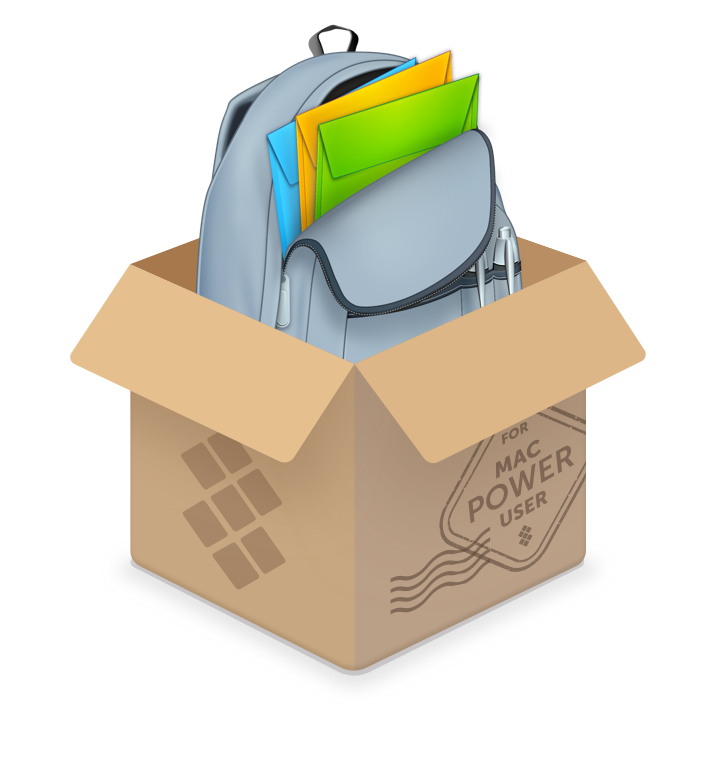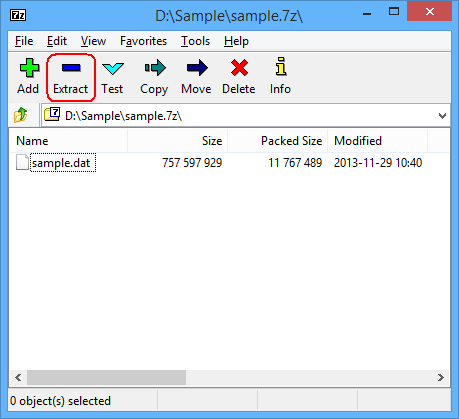


$ 7z a -p -mhe=on directory.tar.7z directory.tar
#Mac 7z opener archive
Generically, this is my archive and encrypt command: $ tar -cf directory.tar I don't supply any special compression switches, but I do turn on header encryption, and I always supply a strong password (encryption key) for each archive. The following example is my standard one for encrypting a tarball. You should turn on data and header encryption (-mhe=on) so that no one can see your file list in the archive file before entering the password (key). You don't need any extra settings to obtain that encryption level. 7z format are encrypted with AES-256 encryption by default. This installs p7zip, p7zip-plugins, and p7zip-doc from the EPEL repository. I use the * to download every package related to 7-Zip.
#Mac 7z opener install
To grab the entire suite of 7-Zip plugins and documentation along with the main 7-Zip package, use the following command: # dnf install -y p7zip* Installationħ-Zip isn't a base product, so you'll have to install it. On Linux/Unix, in order to backup directories, you must use tar. On the man page for 7-Zip, you find the following warning:ĭO NOT USE the 7-Zip format for backup purposes on Linux/Unix because 7-zip does not store the owner/group of the file. While 7-Zip's encryption and compression features are good, its backup features are weak. Check the man page for more information on compression settings. There are several switches and configurations available to obtain different compression levels for your archives. But this article focuses on encryption rather than compression.

#Mac 7z opener registration
7-Zip is a free, open source, cross-platform compression and encryption utility that neither requires registration or any kind of payment to use, even in a commercial environment.


 0 kommentar(er)
0 kommentar(er)
